This blog develops ideas explored in one posted earlier in this series Community Capacity Building: an organic ecological approach, no hothousing. It speaks of connectedness, interdependence and soil. More to the point, what goes on in that soil.
Soil is important for life on Earth. Because soil holds water and nutrients, it is an ideal place for plants to grow.
Simple English Wikipedia
Dr Suzanne Simard, Professor of Forest Ecology at the University of British Columbia, Vancouver, tells of the way trees communicate, negotiate space and actively support one another. She does so in a way that is utterly compelling. Simard says that “Through back and forth conversations they [trees] increase the resilience of the whole community.” We need to remember that “Forests are not competing with each other, they are super-cooperators.” I am particularly struck by Dr Simmard’s saying that “We have to give Mother Nature the tools she needs to use her intelligence to self-heal.” And so, you will not be surprised to hear that I have been thinking on how this revelation might inform the way we look at and operate as school communities. I share my thinking here.
My interest was piqued by German forester and writer Peter Wohlleben’s The Hidden Life of Trees in which the author makes the case that the forest is a social network. I urge you to find the time to read the book itself. You will not be disappointed and, as it says on the back cover, ‘A walk in the woods will never be the same again.’ I also recommend listening to Trees: a wood wide web (Radio 4 Start the Week, with Andrew Marr, featuring Peter Wohlleben – broadcast Mon 10 Dec 2018).
In Marr’s programme, Wohlleben explains that he deliberately sets out to offer a written guided tour, not encumbered by unnecessary technical terms, and yet based on hard science. Not a simple task, as we know, but he does it quite brilliantly. Trees, Wohlleben says, have memory, can taste, smell, hear and, get this, count! A tree has in its root tips something like a brain structure. They are able to communicate via aromatic gases (stress signals) and by an underground network using chemical interactions and electrical impulses. All totally fascinating (I say, mind blowing!) but it is the underground network idea that I want to pull out and expand on.
Fungi were the first organisms to come to land, 1.3 billion years ago. What is more, when that asteroid hit, some 65 million years ago, the debris jettisoned into the atmosphere switched the lights out and fungi inherited the Earth. Fungi do not need light – they use radiation as a source of energy – so those organisms that paired with fungi were winners. The largest organism in the world, 2,200 acres in size (2.4 miles across), 2000 years old, is a mycelial mat, one cell wall thick. Armillaria ostoyae (AR-mill-air-ee-yuh ahst-oy-ee), aka, Oregon’s humongous fungus, grows in the Blue Mountains of northeastern Oregon. All fungi of the Armillaria genus display so-called “honey” mushrooms, which have yellow caps and sweet-tasting fruiting bodies.
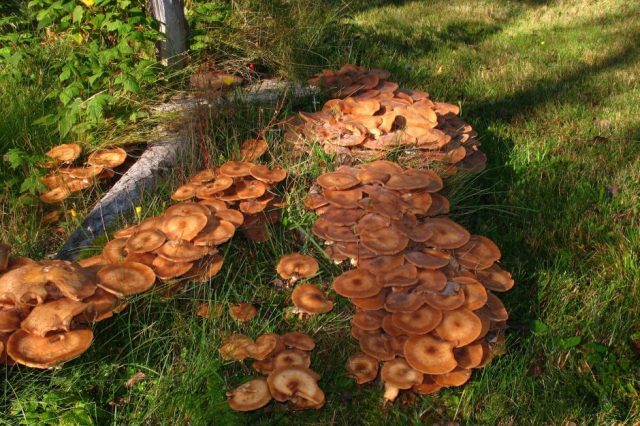
These only represent the visible sexual phase of the fungus’s life. It is what goes on underneath that is the big story. A story of the long, microscopic filaments called hyphae that connect these fruiting bodies, underground. A story we would do well to listen to and learn from because its fruit has stood the test of time; a long time.
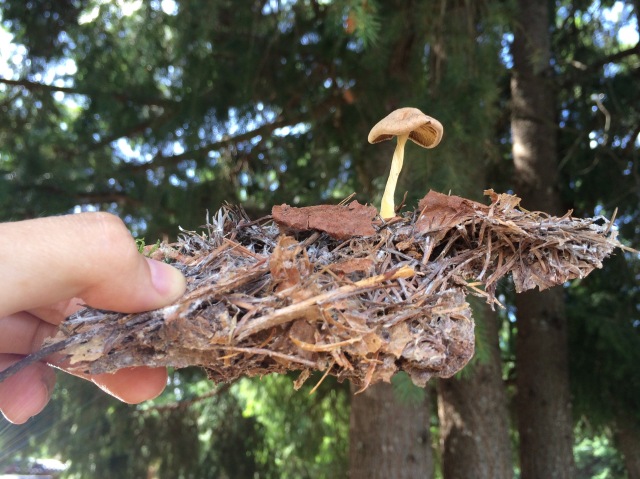
Mycologist Paul Stamets (Did I say, mycology is the study of fungi?) believes the invention of the computer internet is ‘an inevitable consequence of a previously proven biological model’. The Earth invented the computer internet for its own benefit, he says. This is where, for World Wide Web, we read Wood Wide Web, or ‘w.w.w.’ I know, but let us be fair and remember, Mother Nature got there first!
Most plants live in symbiotic relationship with soil fungi. As said above, we tend to think of forest fungi as mushrooms above the ground but they only display themselves after sexual reproduction. The mother fungus is a mat of elongated cells spreading through the forest floor. The trees provide the fungi with sugar and the fungi help the tree to gather water and soil nutrients. Many plants and trees can be joined underground by cells of the same individual fungus.
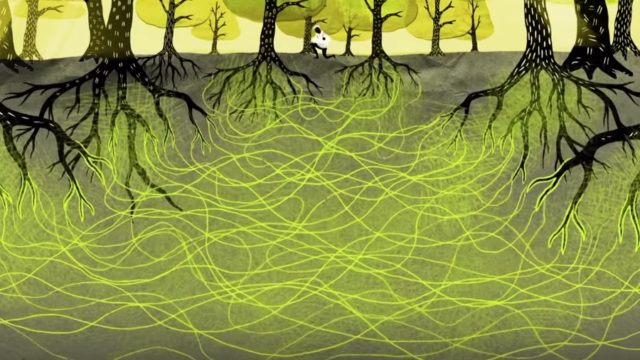
Suzanne Simard says that “a forest is much more than what you see.” Referring to the underground networks as a ‘world of infinite biological pathways’, Simard says that such communication networks allow the forest to behave as a single organism; “a sort of intelligence.” Trees share information underground and competitors become cooperators.
Dr Simard’s work really took off 25 years ago when she carried out controlled experiments, in the forest, dodging grizzlies along the way. She was exploring an idea she held that there was two-way communication going on between different species of tree; in her experiment, Paper Birch and Douglas Fir trees. Simard’s conclusion: the two species were interdependent, “like yin and yang”. Solid evidence of a massive below ground communications network. The web is so dense that there can be hundreds of kilometres of mycelium under a single footstep. The mycelium connects different individuals in the forest, individuals not only of the same species but between species. Trees share information and offer one another sustenance in time of need.
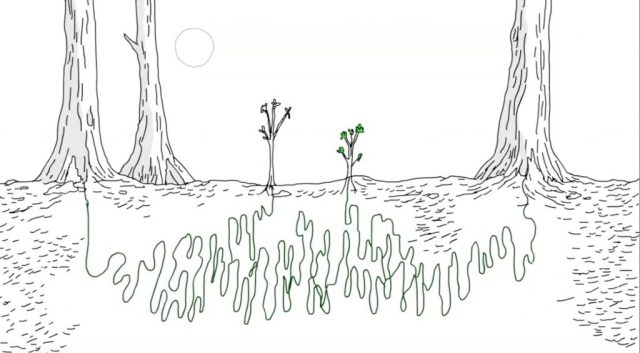
So, trees talk!
“Through back and forth conversation they increase the resilience of the whole community… Forests aren’t simply collections of trees, they’re complex systems with hubs and networks that overlap and connect trees and allow them to communicate, and they provide avenues for feedback and adaptation, and this makes the forest resilient.”
And so, what is going on in your school community soil? Is the mycelial mat that connects and sustains your community in good health? Is it functioning in a way that promotes community resilience, through back and forth conversations? Is it fit for purpose, serving as a community wide web that fosters super-cooperators? Are we offering our Mother Community the tools she needs to use her intelligence to thrive and, when necessary, self-heal? How do we weave our mycelial mats? Are we actively constructing our own community wide webs?
Whichever metaphor we chose to represent the system in our school community context, we would do well to lend an ear to Mother Nature. We may think on lessons from mycology, we might take a leaf out of the Lakota cosmology and view community as they view mni. In the language of the Lakota cosmology, water is mni, an action of living. Emphasising commonality and connectedness rather than separation; an action of living.
No tree is an island. No school is an island. No school community member is an island. We need that mycelial mat.
POSTSCRIPT
Dr Simard had hoped that her discovery would lead to a change in the way forestry giants operate, from clear cutting and herbiciding to more holistic and sustainable methods. “What was I thinking!!” she says. Yes, we have all been there haven’t we?! Which takes us back full circle to ‘hothousing’ does it not, and that earlier BLOG (click on image below).
More on the community capacity building coaching provision I am offering schools here
If this is something that interests you and you would like a first conversation then please contact me on 07793055719 or email me at simonmfeasey@gmail.com

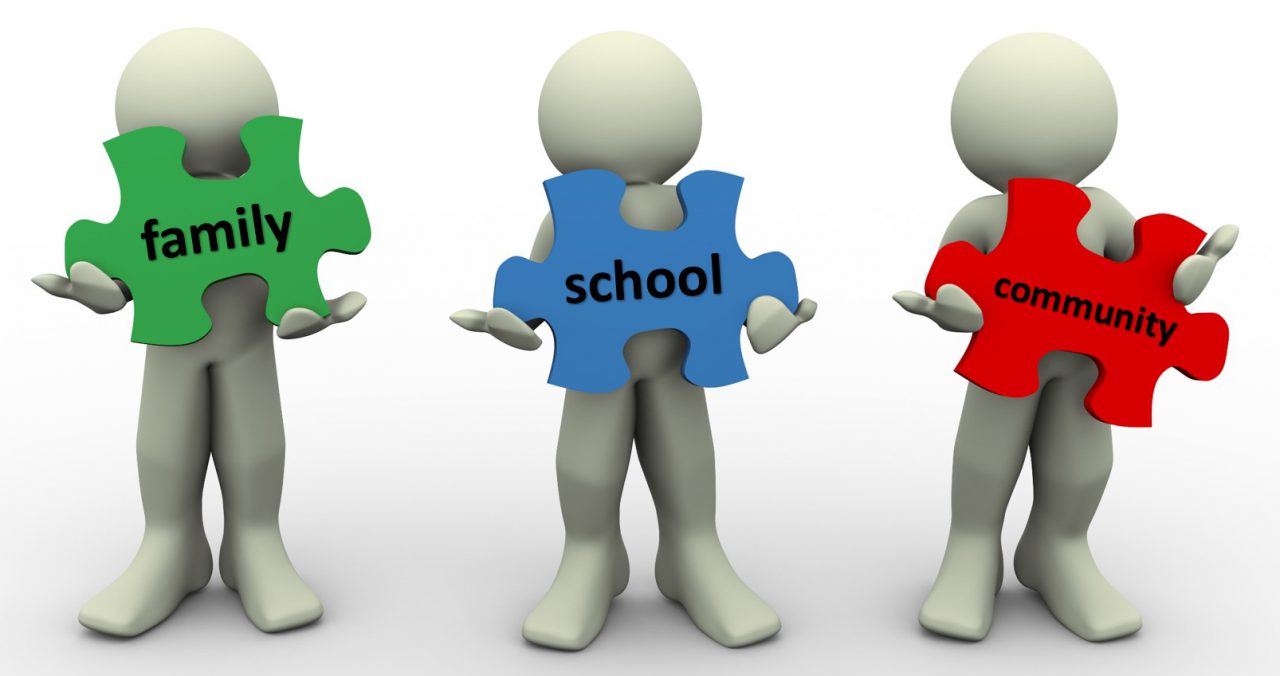
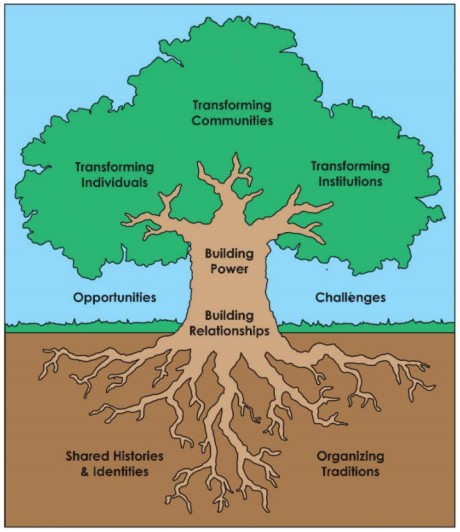

Well done! This article is great! I love learning from nature.
LikeLike
Thank you. Yes, we can learn so very much.
LikeLike
Well what can I say. i have known this intuitivley all my days it seems. The fundamental interconnectedness of everything is a truth we are constantly robbed of seeing with divide and rule playing out at every level (social, racial, cultural, national, economical etc).
Anyway, for a visual on this interconnectedness I highly recommend James Camerons 2008 film Avatar. The indigenous folk literally connect to the Wood Wide Web (Love that term!), a connection we have long lost.
I think the metaphor can work wonders in helping to reach more people as we are, all of us, whether we are aware consciously or not, of this planet.
Of this solar system.
Of this galaxy.
Of this universe.
But I digress, thinking of this good earth keeps us grounded, and may well help us to become more grounded in our communities, for we are in this together, all of us.
Good work again Simon.
Many thanks
LikeLike
Once again, Ste, thank-you for 1. reading this blog, and 2. for your ever valuable feedback. In the many discussions we have had and continue to have I can say that I always find your insight and intuition to be deeply grounded, and connected to an essence that really matters. Great reference to Avatar. You have inspired me to watch it again. We are indeed all in this together. We forget it at our peril.
LikeLike